Phone Etiquette for Kids: Phones Up? Phones Down?
Teaching kids netiquette and the skills of in-person communication
SEP 01, 2022
Phone Etiquette for Kids: Phones Up? Phones Down?
Teaching kids netiquette and the skills of in-person communication
Phones, watches, and computers can offer a source of connection and protection for families.
However, smart devices can easily become the singular focus, with in-person connections, pastimes, and responsibilities a distant second.
The Problem with Devices
Social platforms and games are designed to keep us glued to our devices; screen time overuse is even being referred to as an addiction by experts in the field. [1]
Addiction to video games and Internet use, defined as ‘serious dysfunction in multiple aspects of your life that achieves clinical significance,’ does seem to exist.
-Dr. Douglas Gentile, Iowa State University
The rise in screen time, especially among younger people, has skyrocketed in recent years.
With the onset of the Covid-19 pandemic, children ages 6-10 saw a tremendous shift in screen time at an increase of 1.4 hours per day. [4]
Kids are on their phones more than ever before, so how can we teach them to know when it’s appropriate to be engaged on a screen?
When Is Phone Use Appropriate?
We can teach kids that there are some situations when it is okay to be on phones and other situations when it isn’t.
Share with them the A.P.P. assessment to determine whether or not it’s a good idea to use their device in a given situation.
A.P.P. Examples
Activity: Participate in a gymnastics meet
People: Eat dinner with your family or friends
Place: Watch a classmate’s presentation in school
Role play with your kids
Practice these A.P.P. skills by roleplaying with your kids!
Present the following scenarios to them. If the scene describes an appropriate time to use a device, have them jump up out of their chair and say, “UP!”
If the situation presents an inappropriate time to use a device, have them stay seated and say, “DOWN.”
Practicing role-playing will instruct our kids regarding phone etiquette and make them mindful of the time they are spending on their devices.
As we teach our children to prioritize human connection above screen time, we set them up for success and higher life satisfaction.
Benefits of Human Connection
When phones are down, well-being improves.
Health problems associated with excessive screen time include obesity, sleep disturbances, and behavioral changes.
In one study on early child development, researchers found that more screen time can contribute to slower cognitive development. [5]
Positive interactions with others lead children to gain a greater sense of belonging and develop vital communication skills that will benefit them in relationships throughout their lives.
Connecting with others face-to-face yields countless benefits, especially for children.
Since social-emotional development starts at birth, children build confidence as they grow and connect with those around them.
In-person social contact helps kids “learn to make friends, show emotions in a healthy way, follow rules, wait patiently, enjoy the company of others, and show compassion.” [6]
Technology Has a Place and a Time
Inherently, devices are not bad; they can help children stay in touch with their families, maintain friendships, and stay safe when they’re not with their parents.
Problems arise when devices distract children at school, work, church, and in social settings.
As adults, we can empower our children to have excellent technology etiquette.

Helping Kids Thrive in the Digital Age
Here are some simple ways to teach the skills and attitudes necessary to be a good digital citizen when it comes to phone etiquette.
Phone etiquette for younger kids
As technology use has become common among children, the need to teach them healthy habits is crucial.
Here are some additional tips for parents:

- Create a family culture of being present: Keep a basket on the kitchen counter and set the expectation that the whole family puts their devices in the basket during certain times—at the dinner table, family game night, or celebrations, to name a few.

- Live life beyond the screen: Check out these 50 fun screen-free activities.
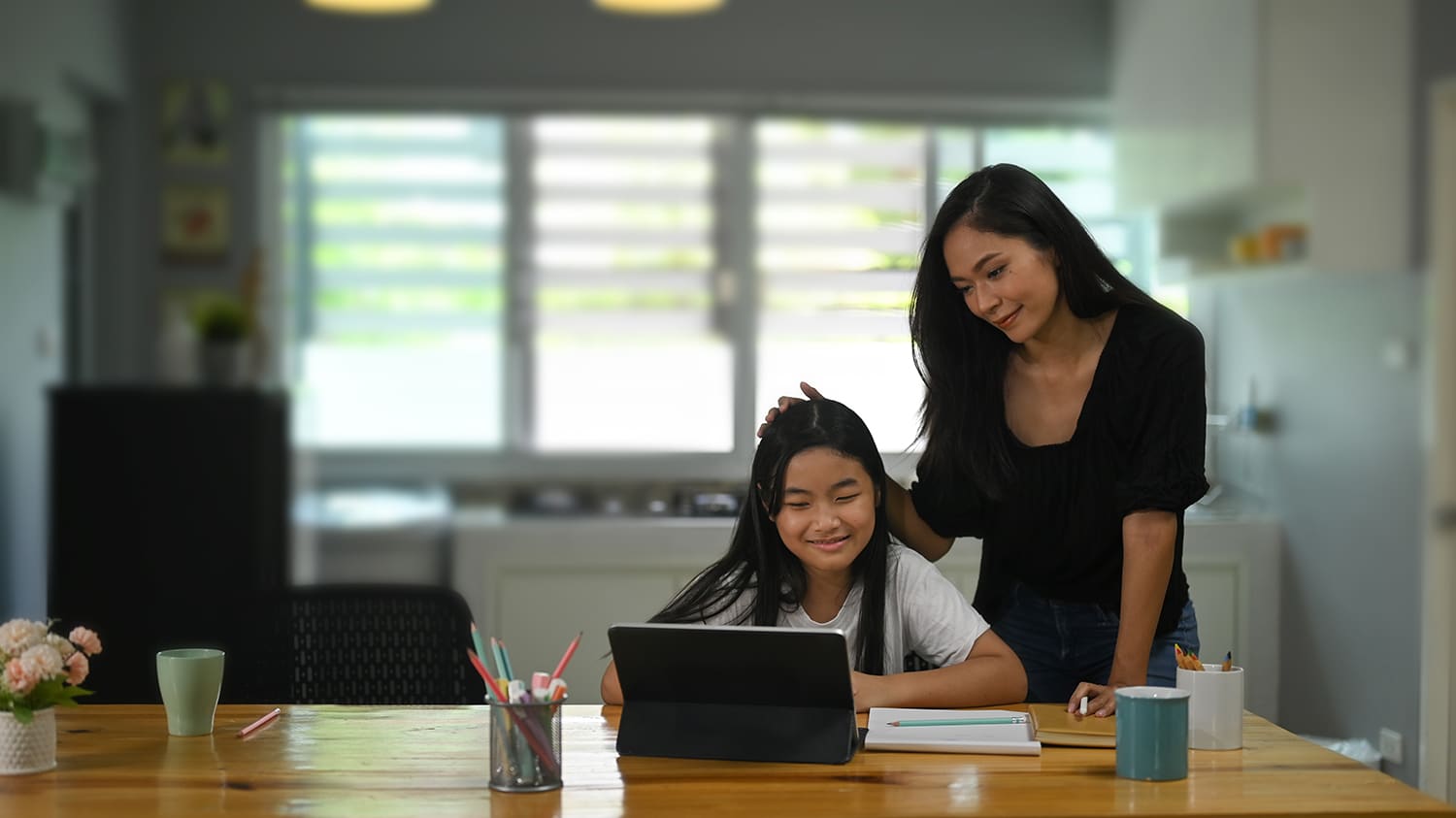
- Reward kids for being digitally smart: Celebrate your kids when they opt for playing outside instead of sitting in front of a screen.

- Encourage positive reinforcement: Watch for when kids use technology at the right time and heap on the praise! Help kids understand how to be present for other people.

- Talk about opportunity cost: Share a time when you missed out because you were on your phone.
Phone Etiquette for Older Kids
Like all of us, older children have often established unhealthy tech habits. One way to approach this issue and help kids develop these skills at the same time is with a secret signal.
Having a secret signal will save your teenager from embarrassment and help them feel empowered by giving you feedback on your phone use.
Agree on a subtle sign you and your child will send each other when either of you notice too much attention being given to the phone. They will be spared embarrassment, and conflicts will be less frequent.
Encourage your kids to send you the signal when they notice you have become distracted from what’s happening at the moment.
They will feel empowered and great conversations will take the place of some of the commonplace arguments parents and kids have about phone etiquette.
Appropriate phone use
Phones allow us to connect with those we love and stay safe when we’re out and about. Kids will be happy to know that there are lots of times when having their phones up is appropriate.
Phones Up!
- When your parents call you
- While you are alone
- When answering an urgent message
- While streaming music
Handling phone calls while driving
It is important that as teens learn how to drive, they understand the importance of not using their devices while driving.
Distracted driving in teens ranks as one of the top three causes of accidents. [2]
Here are some tips that can mitigate the chances of distracted driving from phones:
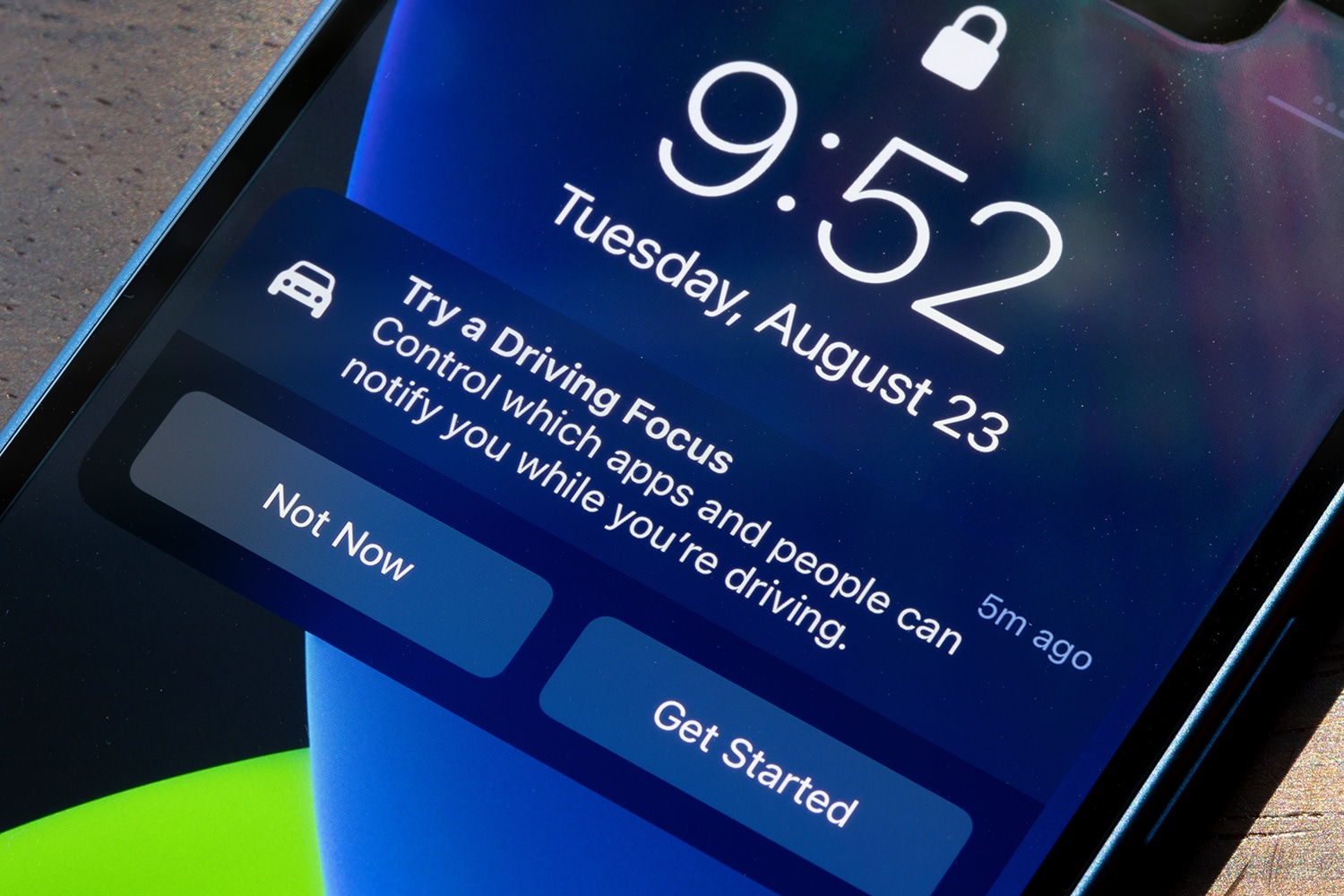
- Before driving, set your phone to send auto-reply texts.
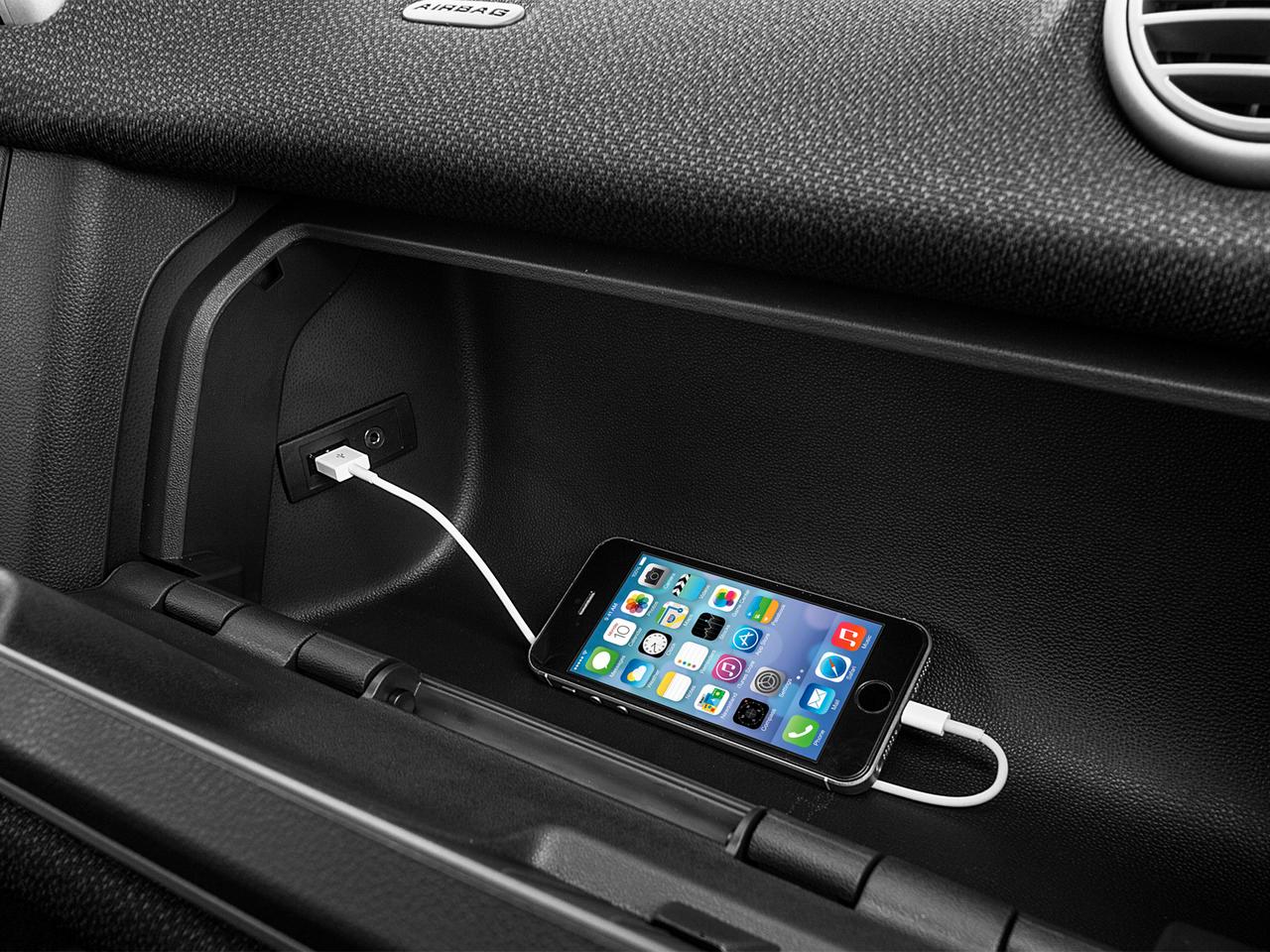
- While driving, keep your phone in the glove box or backseat where it is not accessible.

- If the phone rings, find a safe place to pull over and call back once the car is parked.
Ongoing Discussions about Phone Etiquette
Make phone etiquette discussions a regular event. As parents, we can be willing to receive feedback from kids and be good sports when they let us know our phones should be down.
Devices can be a source of connection and protection when kids understand appropriate and safe tech use.
When we are aware of our children’s tech habits, we can teach them good etiquette and establish important communication skills that will allow them to thrive.
Our children will flourish when they form strong bonds with those who love them.











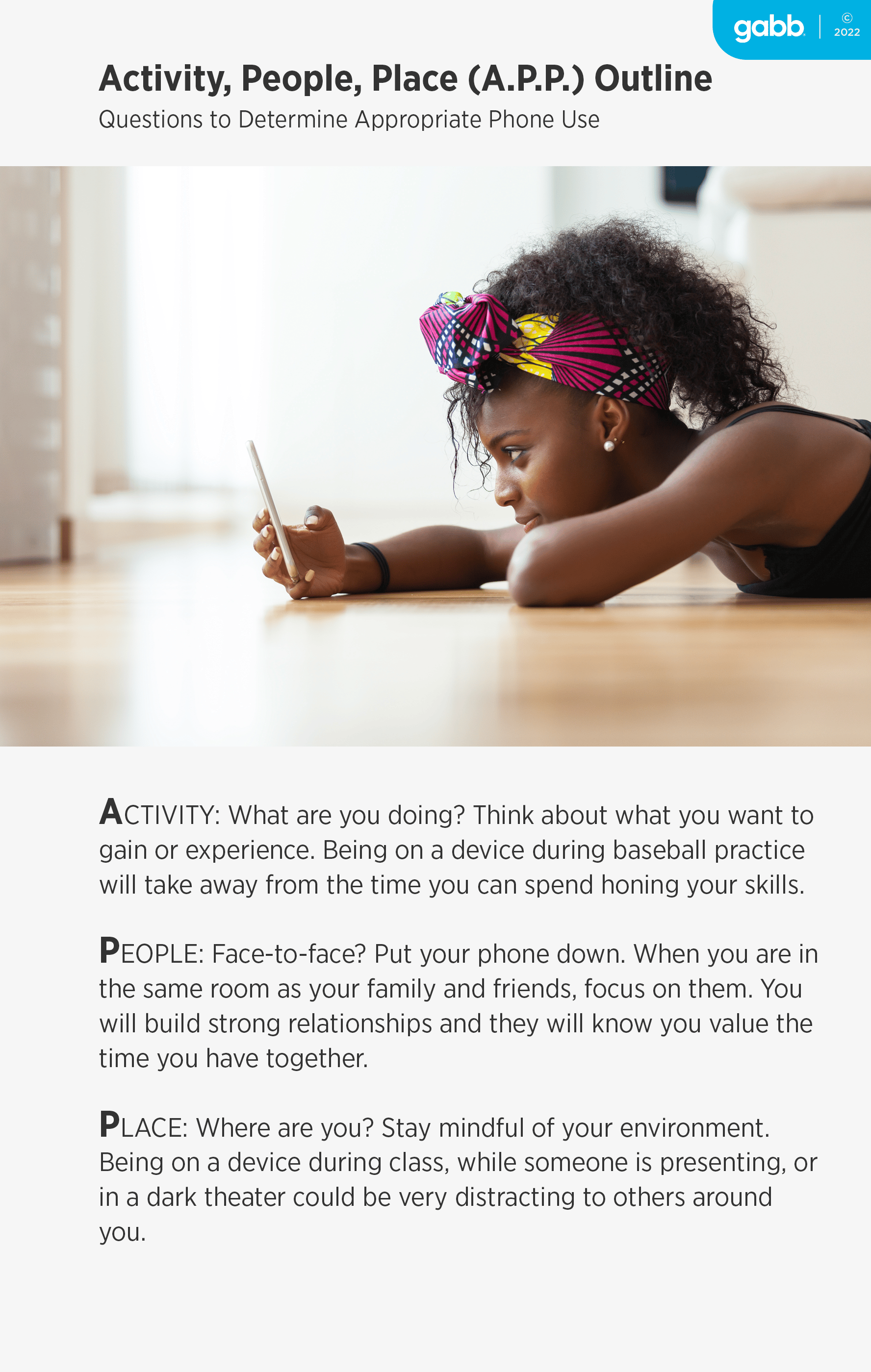
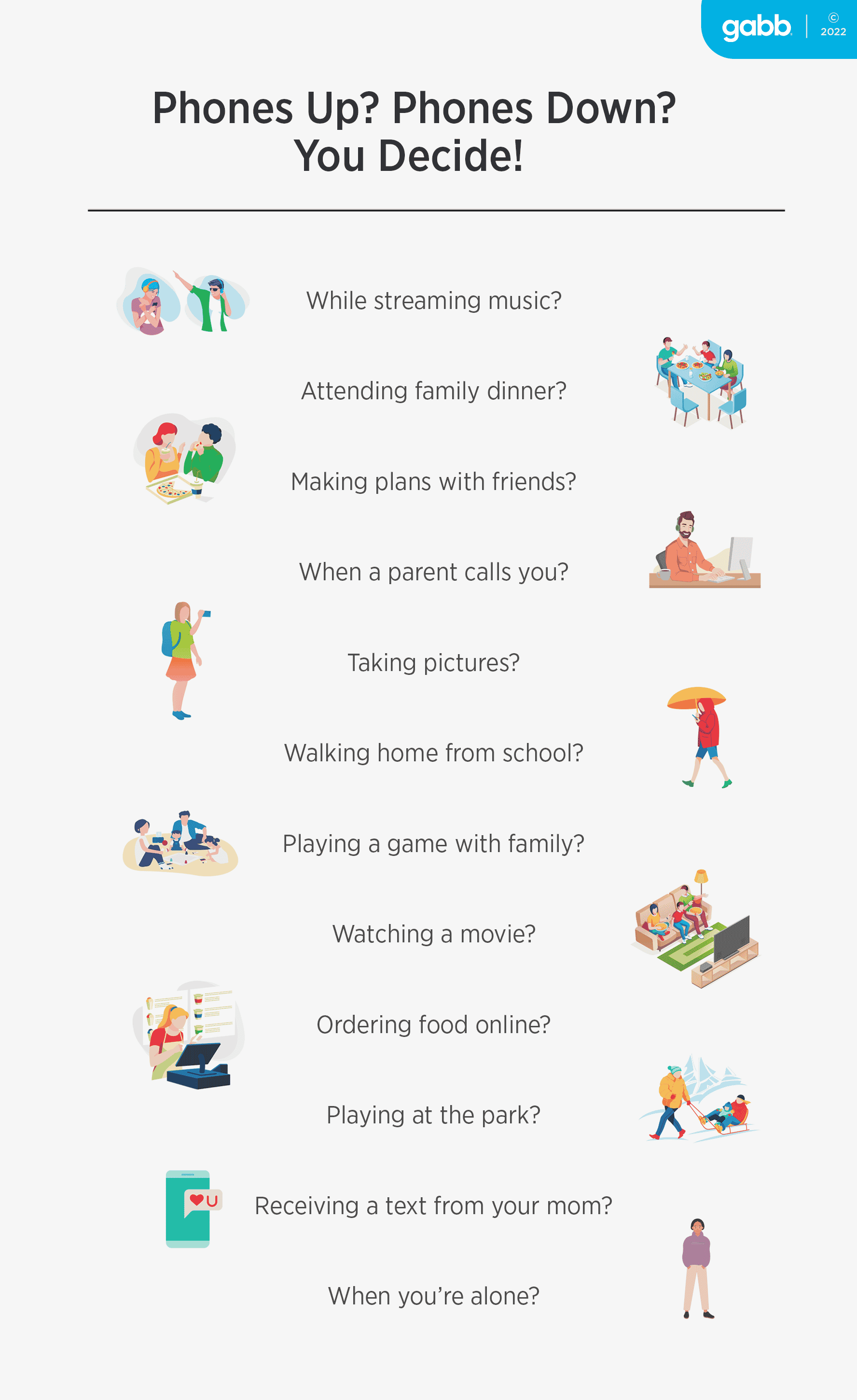
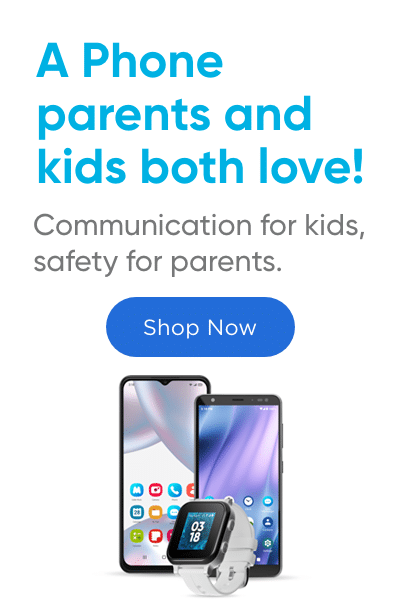
Success!
Your comment has been submitted for review! We will notify you when it has been approved and posted!
Thank you!